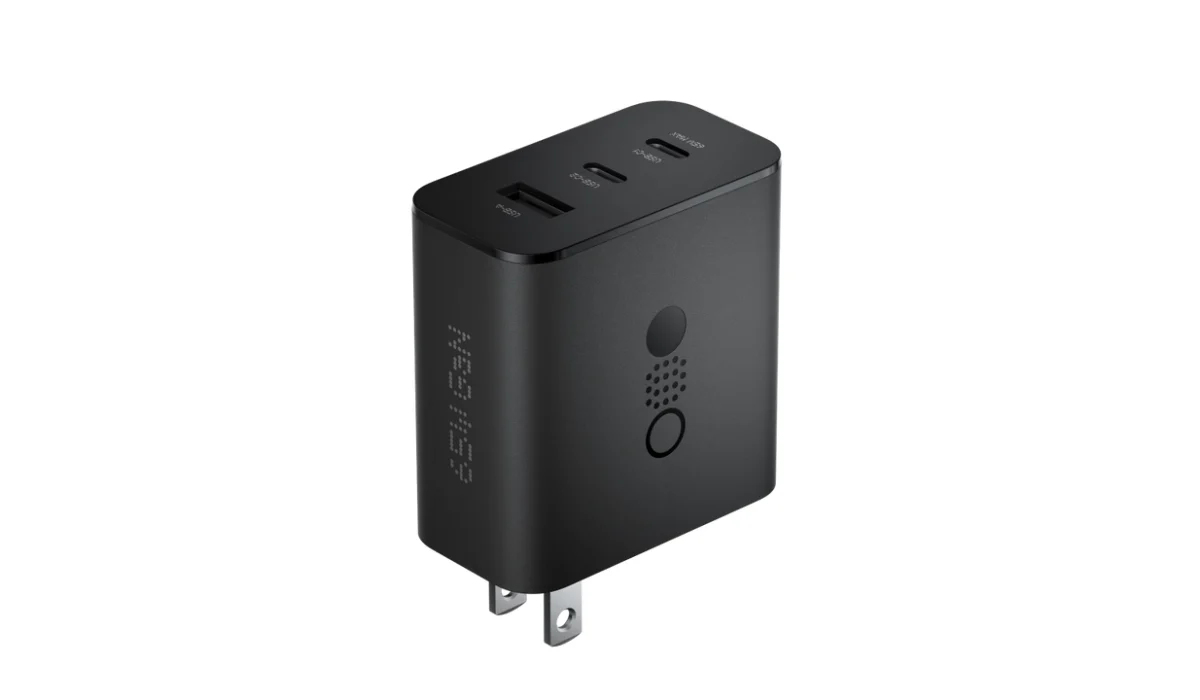I was fishing for information about Nothing Technology’s upcoming budget phone, the CMF Phone 1, when I ran into one of their chargers, listed as a GaN charger. That caught my interest and I took a close look at it. Of course, that inspired this article.
You have probably seen a few mobile phone and accessories brands advertise GaN chargers and wondered what they are. The industry is developing at rapid pace, and this means that new phrases and terms show up. As such, seeing a new term means that some new technology is afoot. In this case, GaN technology is behind some of the blazing fast charging speeds in the latest smartphones.
Here are some key takeaways from this article:
- GaN is replacing silicone in newer chargers.
- GaN-based chargers are up to three times as efficient as silicone chargers.
- GaN generates less heat during fast charging.
- GaN allows for each transistor to pack in more components and features in chargers than silicone does.
- GaN offers much faster charging speeds than silicone chargers.

Table of Contents
What is GaN?
Gallium Nitride (GaN) is a crystal-like semiconductor material that is able to conduct much higher voltages than silicone can. It was discovered by Paul-Émile Lecoq de Boisbaudran in Paris in 1875 and has been used in LEDs since the 1990s. Its application has since spread beyond LEDs and now includes use in faster chargers for smartphones and other electrical/electronic devices.
How are GaN chargers better than silicone chargers?
Because GaN components conduct electricity at much higher voltages and at a faster rate, GaN technology is known for faster processing.
One consequence of the better conductivity of GaN technology is that there’s less heat generated. As such, GaN chargers produce less heat. Less heat means components can be closer together, so a charger can be smaller than ever before, while maintaining all the power capabilities and safety standards.
When silicone is replaced with GaN components, less space is used. This is because there is no need to keep large spaces, for cooling, between components. As such, more processing power can be packed into the same space. As a matter of fact, more processing power can be packed into smaller spaces, too. The result is that you get a more powerful, and also more compact, fast charger.
Advantages of GaN technology
- Smaller Size: GaN chargers are physically smaller than silicon chargers because they require fewer components.
- Higher Efficiency: GaN can conduct higher voltages over time than silicon, resulting in more efficient energy transfer.
- Less Heat Generation: GaN chargers lose less energy to heat, improving overall efficiency.
- Faster Charging: GaN enables higher switching frequencies, allowing faster wireless power transfer.
Disadvantages of GaN technology
- Harder to Train: GaN models require diverse data for accurate training.
- Complex Text and Speech Generation: Generating results from text or speech using GaN can be challenging.
How to identify GaN chargers
There is no way to identify a GaN charger from its look or appearance only. If you do look on the label or imprinted text, you will see it specified there. That is the easiest way to tell if a charger uses GaN technology or not.
The first GaN Charger ever released
Apple adopted GaN and released their 140W USB-C power adapter in October 2021, for the 16-inch Macbook Pro. Other technology brands have since adopted the technology. These brands include: Anker, Nothing technology, Satechi, Zendure, and Ugreen, among others.
The fastest GaN charger in 2024
The fastest GaN charger, as at June 2024, is the Ugreen Nexode 300W GaN 5-port desktop charging station. This charger works well for desktops, laptops, smartphones, and other devices.
Compatibility matters
When using a GaN charger with your phone, compatibility matters. Your smartphone has to meet certain requirements and standards to take advantage of the benefits of GaN technology.
The first is that your phone must have a USB-C port. USB-C is the standard for fast charging. This is no big deal for the majority of Android phones users who own a Samsung, Google Pixel, Nothing Phone, OnePlus, Motorola, and others. Apart from the most entry-level models, most Android phones have a USB-C port. The latest iPhone 15, 15 Plus, 15 Pro, and 15 Pro Max, all use USB-C, as well. Older iPhone models are excluded.
The next requirement is Power Delivery (PD). GaN chargers often support Power Delivery (PD) technology and your phone will benefit from faster charging if it supports PD. Check to see if your phone supports PD.
Lastly, as applies to fast charging generally, your cell phone will not charge faster than its own specified voltage and amperage levels, even if the GaN charger in use can charge much faster than that.